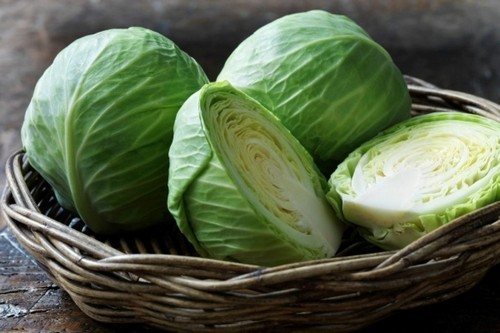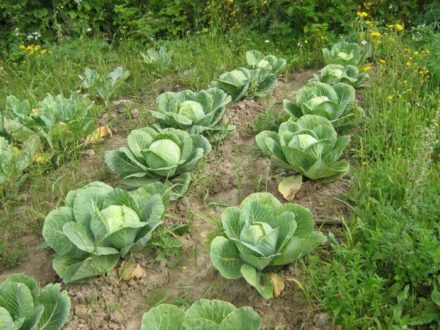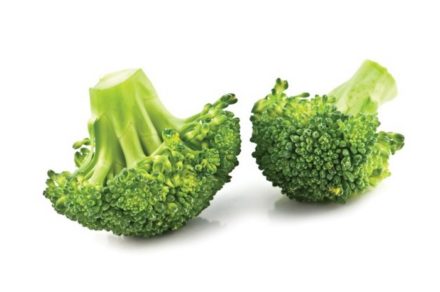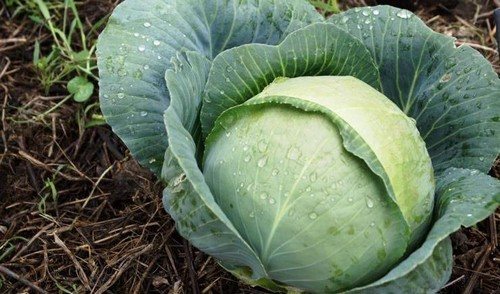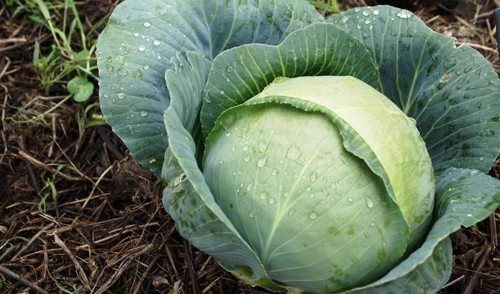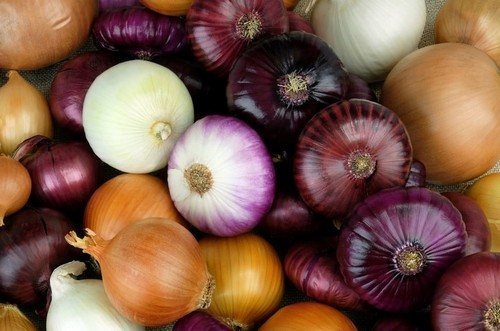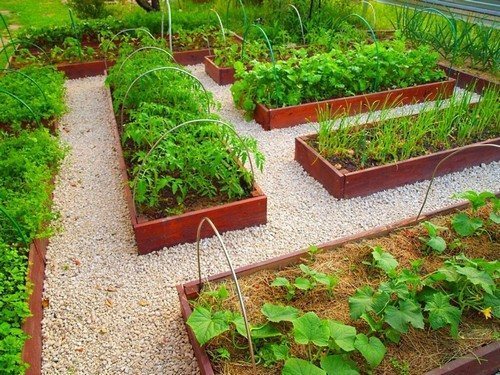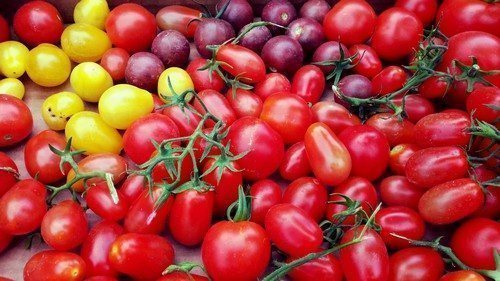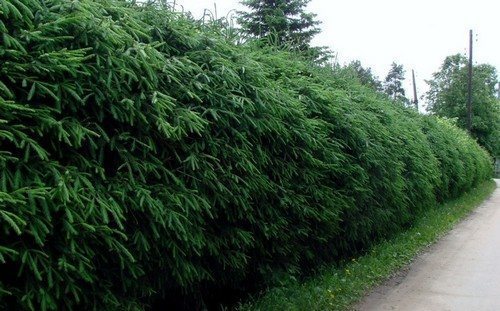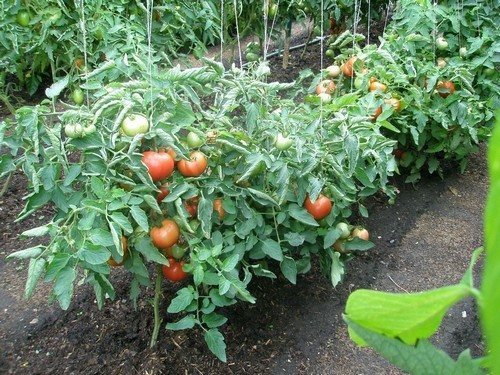Even in Ancient Mesopotamia, it was known that by observing certain rules of crop rotation, it was possible to significantly increase the productivity of agricultural crops, protect them from certain diseases and maintain soil fertility.
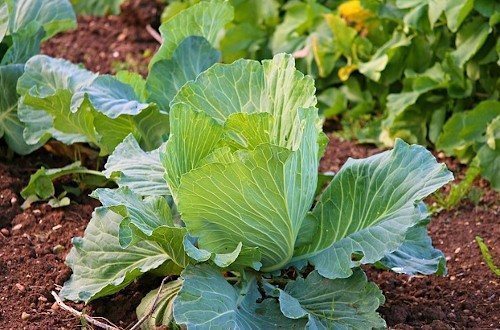
This important technique is also present in the agricultural technology of cabbage of all varieties.

How cabbage changes the area in which it grows
Most of all, cabbage “sucks” potassium, nitrogen, phosphorus, calcium from the soil, and even if you apply appropriate fertilizing several times, it will still remain depleted at the end of the season.
Among the diseases of this crop, the most dangerous are:
- fungal clubroot;
- blackleg;
- downy mildew;
- mosaic;
- Fusarium
It doesn’t matter where cabbage grows - in a greenhouse or in an open area, the causative agents of many diseases can easily overwinter in the ground and vigorously attack plants susceptible to them in the new season.
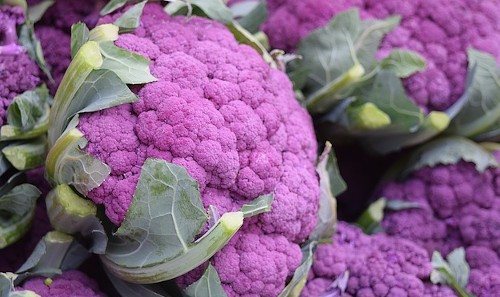
It is also necessary to take into account that all plants have a superficial or deep-lying root system (cabbage has exactly this type - white cabbage sinks the root more than 40 cm) and when the same type of crops are constantly grown in the same bed, the same layer of soil is subjected to the greatest depletion. Whereas with alternation, the soil at a depth unused in the current season has time to recover a little.
As for pests, the most ardent “fans” of cabbage are:
- scoops;
- weevils;
- rapeseed sawmills;
- cruciferous flea beetles.
It’s not hard to guess - they are also capable of hibernating for the winter until new plantings.
Recent advances in chemistry have helped botanists make an important discovery for the rules of crop rotation - each garden crop releases specific phytotoxins - amino acids, steroids, alkaloids, etc. Without changing crops, year after year the earth accumulates the same “cocktail” of compounds, an excess of which eventually interferes with normal plant metabolic processes.
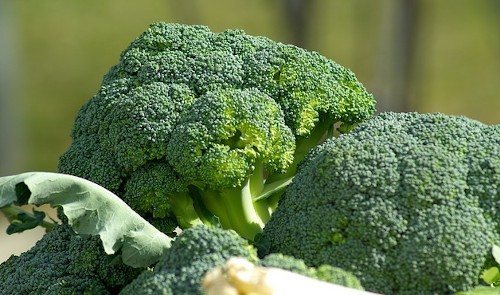
What can you plant after cabbage?
The best vegetables next to cabbage are cucumbers, which are undemanding to the chemical composition of the soil. True, if you want to collect selected greens, it is advisable to add 1 square meter in the spring. m 2 buckets of humus, 1 glass of wood ash and 20 g of superphosphate.
Potatoes, also considered unpretentious at all times, will also not be a disappointing choice. It will help him to settle well after cabbage by adding 20 g of ammonium nitrate and 20 g of potassium sulfate per 1 square meter at the beginning of the season. m landings.
Tomatoes also perform well, especially if their predecessor was cauliflower or white cabbage. When digging in autumn for them, in order to restore soil resources depleted by cabbage, you need to add 1 square meter. m 25 g of potassium salt, 5 kg of humus and 25 g of double superphosphate.
Zucchini, including the familiar and exotic Mediterranean zucchini, are also demanding when it comes to the types of cabbage - give them the optimal “neighborhood” with early and mid-season varieties of this crop of any type. To get a good harvest in the fall, you need to add 1 sq. m beds of 15 g of potassium salt, 30 g of superphosphate and 1 bucket of humus.
Vegetable hot and sweet peppers are considered soil-demanding plants, but after cabbage they feel fine. The only thing that is advisable is to contribute 1 sq.m. in September. m 300 g of lime to reduce the acidity of the earth.
Squash, beets, pumpkins, as well as all types of onions, garlic and carrots are neutral towards the cabbage predecessor; the main thing is to follow their personal rules of agricultural technology.
It is also worth noting that, subject to preliminary fertilizers, fruit trees - apple trees, pears, cherries, peaches, plums and the like - are indifferent to cabbage as a predecessor.
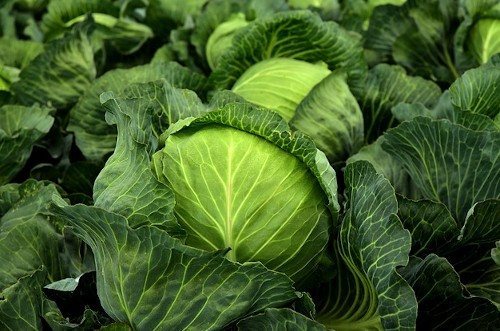
What is not recommended to plant after cabbage
Related crops, also belonging to the Cruciferous family, react worst to its proximity to it from last season, so you need to look for another place for:
- turnips and rutabaga;
- radish, radish and daikon;
- watercress;
- mustard and horseradish.
If you plant garden strawberries (strawberries), raspberries or legumes after cabbage (this group includes lentils, chickpeas, soybeans, peas, beans), then, in principle, this will not turn out to be a failure, but you cannot count on rapid development of plants and a large harvest either. costs. Especially if we are talking about first-generation hybrid varieties (they have a mark in the name F1).
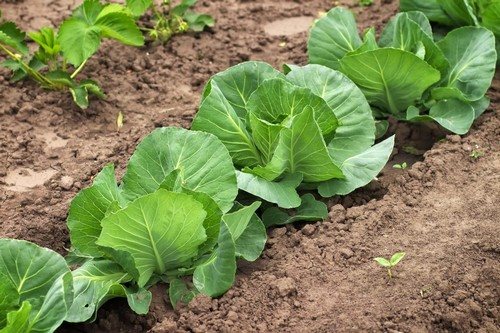
When can cabbage be planted after cabbage?
Theoretically, any variety of cabbage in one place is allowed to be planted no more than 2 times in a row. But even in this case, in order to prevent a 30-50% drop in yield, it is necessary in the fall to enrich the area with organic fertilizer, such as compost, so beloved by cabbage.But ideally, it is better to wait 3-5 years to repeat cabbage beds.
To summarize, it is useful to add that ideally, every 5-6 years you need to give the soil a rest, that is, not plant anything on it at all. And if it is impossible to arrange this for the entire garden, then you should at least alternate its sections, each year leaving a small piece of land for “rest”.


